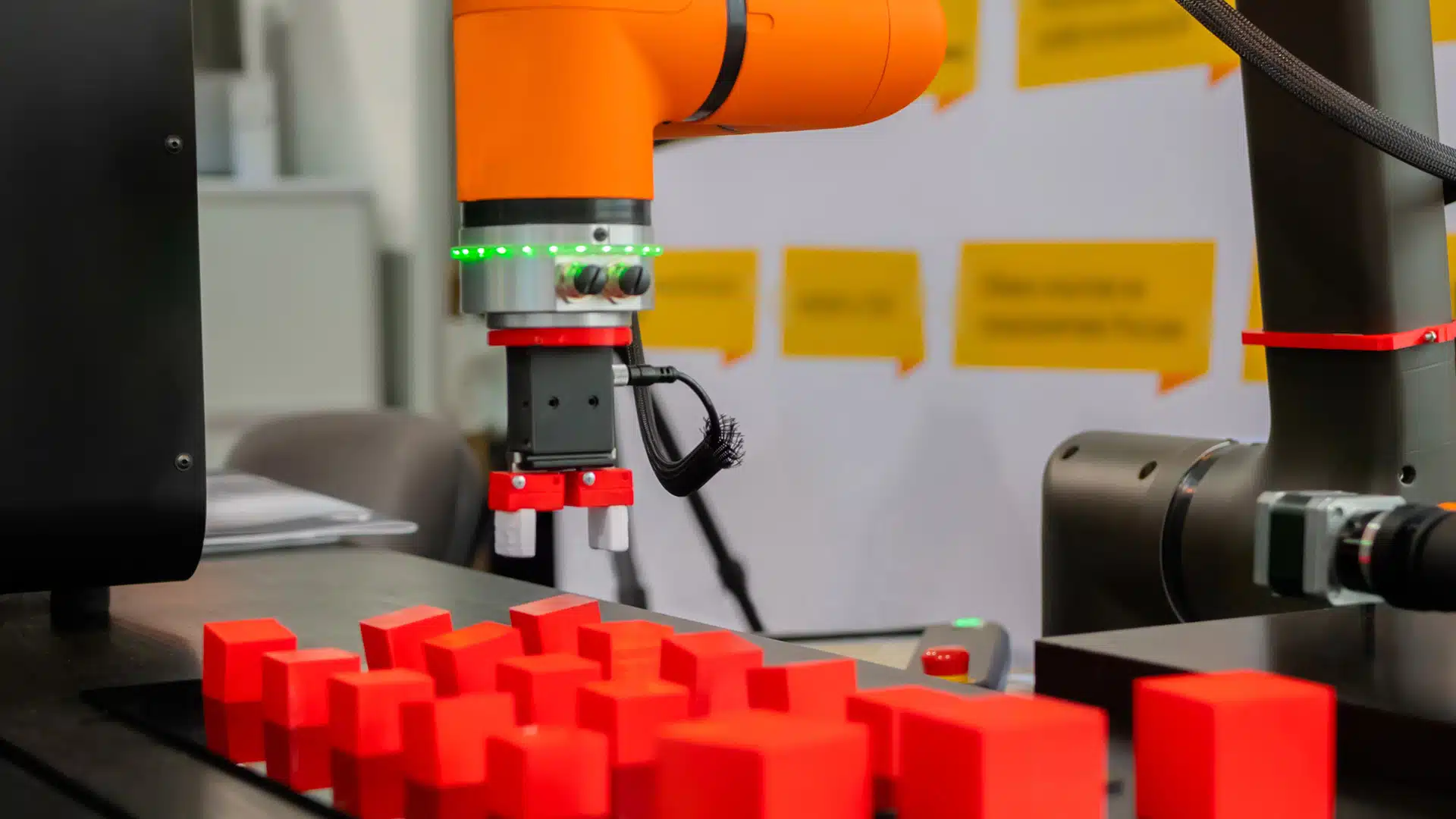The digital health and wellness category was on prominent display at CES 2022. The opportunity to showcase the latest in tech offerings offered a glimpse into the patient experience (PX) frontier at the intersection of consumer technology and healthcare, and highlighted the tremendous scale and scope of innovations, both real and envisioned, seeking to make PX smarter, safer, accessible, and meaningful to the user’s situation and context.
Particularly prominent among technology and innovation trends were 5G and artificial intelligence (AI), which offer innumerable product and service applications spanning smart health, digital therapeutics, and remote monitoring. With the number of 5G phones sold and 5G networks available forecast to reach 50% in 2022, and the application of AI and machine learning (ML) to devices that are coupled with innovative service models, monitoring capabilities will continue to extend care beyond traditional healthcare access points, as well as offer benefits to consumers through smarter features and more customized functions. A synergistic development with the potential for additional impact is the Connectivity Standards Alliance’s (formerly Zigbee Alliance) Matter standard that supports interoperability of smart home devices, thus allowing consumers to mix and match different vendors’ devices.
As digital health facilitates the shift of care beyond provider settings, consumers are increasingly being afforded more control and becoming empowered as their personal health data becomes portable, accessible, and usable in any situational context. The net result will be for digital health to transform PX broadly through applications spanning demographic categories, across areas as diverse as chronic disease management and nutrition and fitness, and delivering customized benefits according to individual needs, preferences, and goals.
Notable among the burgeoning market segments of digital health is the assistive hearable devices or hearables segment, which reflects the convergence between consumer audio devices and traditional hearing aids. Hearables offer enhanced features and functionality in the form of more sophisticated noise-canceling and speech-enhancing capabilities to deliver enhanced audio quality, as well as customized solutions for individuals with mild to moderate hearing loss. The market potential for assistive hearing devices alone is great, given that only about one-fifth of people who could benefit from a hearing aid currently use one. Today, approximately 15% of US adults (37.5 million) report some trouble hearing.
Commercial development will benefit from the US Food and Drug Administration’s (FDA) efforts to introduce rule changes that would allow hearing aids to be sold directly to consumers in stores or online without a medical exam or a fitting by an audiologist. The FDA rule will intensify competition by lowering traditional barriers to entry for personal sound amplification device manufacturers to target consumers with mild to moderate hearing loss. Advances in the hearables space will also facilitate innovative applications and realize benefits in other areas of health. The opportunity to monitor brain activity, heart rate, and other vital sign indicators, and breath through the ear, when coupled with AI and ML, will realize customized preventative and therapeutic applications.
Other areas of technology commercialization with novel and interesting applications for potential transferability to impact PX include the use of AI for transforming one-way videos into two-way interactive conversational video experiences (StoryFile), and a product display platform that employs a levitation visual display technique for high-end products in luxury stores to highlight design features and support in-person marketing (Levita):
- StoryFile’s Conversa platform allows enterprises to create conversational video content with subject matter experts for a broad range of patient-facing educational applications and customer service use cases, as well as for workforce training applications that help doctors expand interpersonal skills for inquiry and assessment.
- Although Levita has not yet addressed healthcare, its platform has the potential to lead to novel service concepts incorporating visualization to enhance PX, such as relaxing patients before surgical procedures or supporting cognitive behavioral therapy.
Author Information
Andrew Broderick is a Senior Analyst contributing to Dash Research’s CX Advisory Service as well as Dash Network’s ongoing editorial coverage of Healthcare CX and Patient Experience. Based in San Francisco, Broderick has more than 20 years’ experience in technology research, analysis, and consulting, including an extensive background in digital health technologies and business practices.







